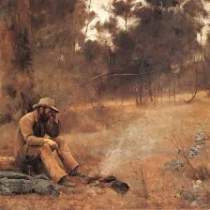 1855 - 1917
impressionism
1855 - 1917
impressionism
Description Frederick McCubbin
Frederick McCubbin, born on February 25, 1855, in Melbourne, Australia, became a seminal figure in the Heidelberg School, a movement that defined Australian Impressionism. McCubbin's artistic journey paralleled the evolving identity of a nascent nation, capturing the essence of Australia's landscapes and its people.
Initially drawn to the urban scenes of Melbourne, McCubbin's art evolved as he sought to encapsulate the unique spirit of the Australian bush. His iconic works, including "The Pioneer" and "Lost," evoke the hardships and triumphs of early settlers, becoming poignant visual narratives of the nation's pioneering spirit.
McCubbin's skillful use of light and color, coupled with a meticulous attention to detail, set him apart within the Heidelberg School. His ability to infuse landscapes with a sense of narrative depth and emotional resonance distinguished him as a master storyteller on canvas. Works like "The Artists' Camp" and "On the Wallaby Track" exemplify his commitment to capturing the authenticity of Australian life.
As an influential member of the Heidelberg School, McCubbin played a pivotal role in shaping Australia's artistic identity. His leadership, both as an artist and teacher, contributed to the School's ethos of en plein air painting and a departure from traditional European styles.
McCubbin's artistic pursuits extended beyond painting; he was an accomplished draftsman and illustrator, contributing to the burgeoning cultural scene of Melbourne. His diverse talents underscored a commitment to artistic expression that transcended conventional boundaries.
In the latter part of his career, McCubbin delved into more atmospheric and tonal landscapes, showcasing a continued evolution in style. His introspective works, such as "The Pool of Siloam" and "Violet and Gold," reflect a mature artist grappling with the changing Australian art scene.
Frederick McCubbin's untimely death on December 20, 1917, marked the end of a prolific career that left an indelible imprint on Australian art. His legacy endures in the evocative narratives of the bush and the enduring influence he had on subsequent generations of Australian artists, cementing him as a key figure in the rich tapestry of the nation's artistic heritage.
Gallery
Paintings Frederick McCubbin
F.A.Q Section
"The Pioneer" (1904): A poignant narrative painting depicting a pioneer woman and her child in the Australian bush.
"The Artists' Camp" (1886): A lively portrayal of artists from the Heidelberg School camping in the Victorian countryside.


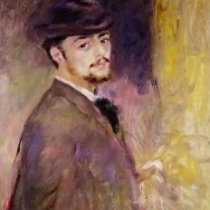
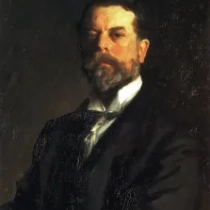
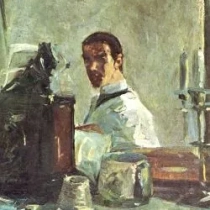
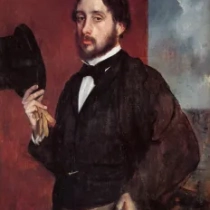



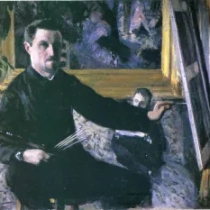












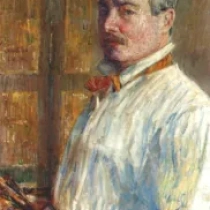

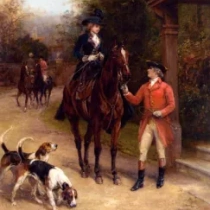

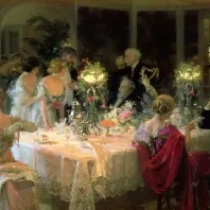
No Comments Yet...